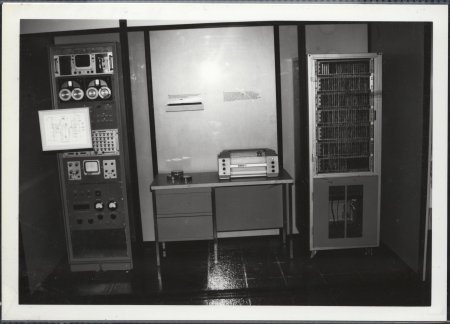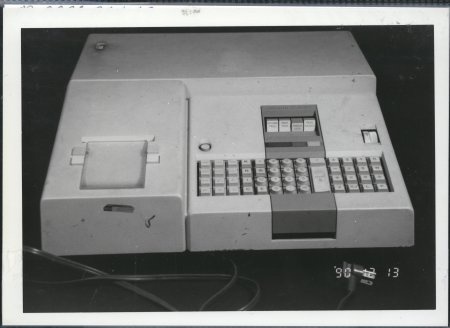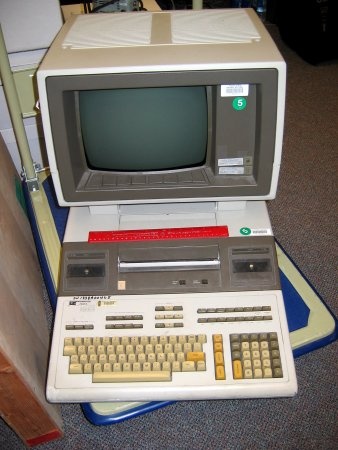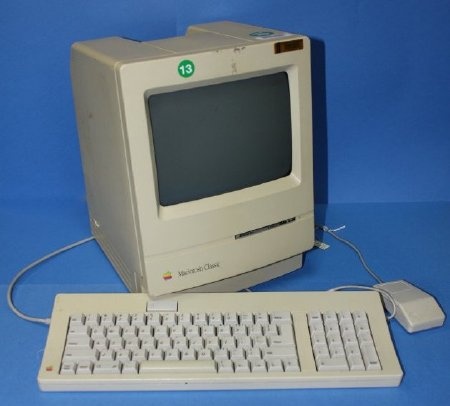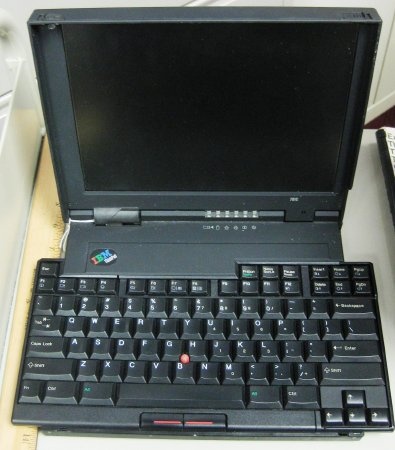...
LINC (Laboratory Instrument Computer), c. 1963
| Div | ||||||||||
|---|---|---|---|---|---|---|---|---|---|---|
| ||||||||||
|
Out of 72 proposals, 12 labs were chosen to evaluate the LINC. Many of the scientists had no prior training in computer programming or circuitry, but all learned enough over the course of a month to assemble the machines in their labs and operate them without help. The test labs worked on a variety of systems and questions, ranging from blood flow calculations in dogs, to operant conditioning in rats, to activation of single neurons in mice. After two years, all of the test labs agreed that the LINC had greatly enhanced their research, and all were loath to give up the machines loaned to them for the evaluation.
...
DEC PDP8/E, c. 1965
| Div | ||||||||||
|---|---|---|---|---|---|---|---|---|---|---|
| ||||||||||
|
...
Olivetti Electronic Printing Calculator Microcomputer, P652, c. 1973
| Div | ||||||||||
|---|---|---|---|---|---|---|---|---|---|---|
| ||||||||||
|
...
CRAY X-MP 22 Supercomputer, c. 1986
| Div | ||||||||||
|---|---|---|---|---|---|---|---|---|---|---|
| ||||||||||
|
...
Hewlett Packard 9845-B Desktop Computer, c. 1980
| Div | ||||||||||
|---|---|---|---|---|---|---|---|---|---|---|
| ||||||||||
|
...
Mac Classic Apple M0420, 1990
| Div | ||||||||||
|---|---|---|---|---|---|---|---|---|---|---|
| ||||||||||
|
...
Radio Shack TRS-80 Model 100, c. 1980
| Div | ||||||||||
|---|---|---|---|---|---|---|---|---|---|---|
| ||||||||||
|
...
Thinkpad w butterfly keyboard, c. 1996
| Div | ||||||||||
|---|---|---|---|---|---|---|---|---|---|---|
| ||||||||||
|
Dolch Portable Add-In Computer P.A.C. 386 Model, c. 1989
| Div | ||||||||||
|---|---|---|---|---|---|---|---|---|---|---|
| ||||||||||
|
| Div | ||||||||||
|---|---|---|---|---|---|---|---|---|---|---|
| ||||||||||
|


